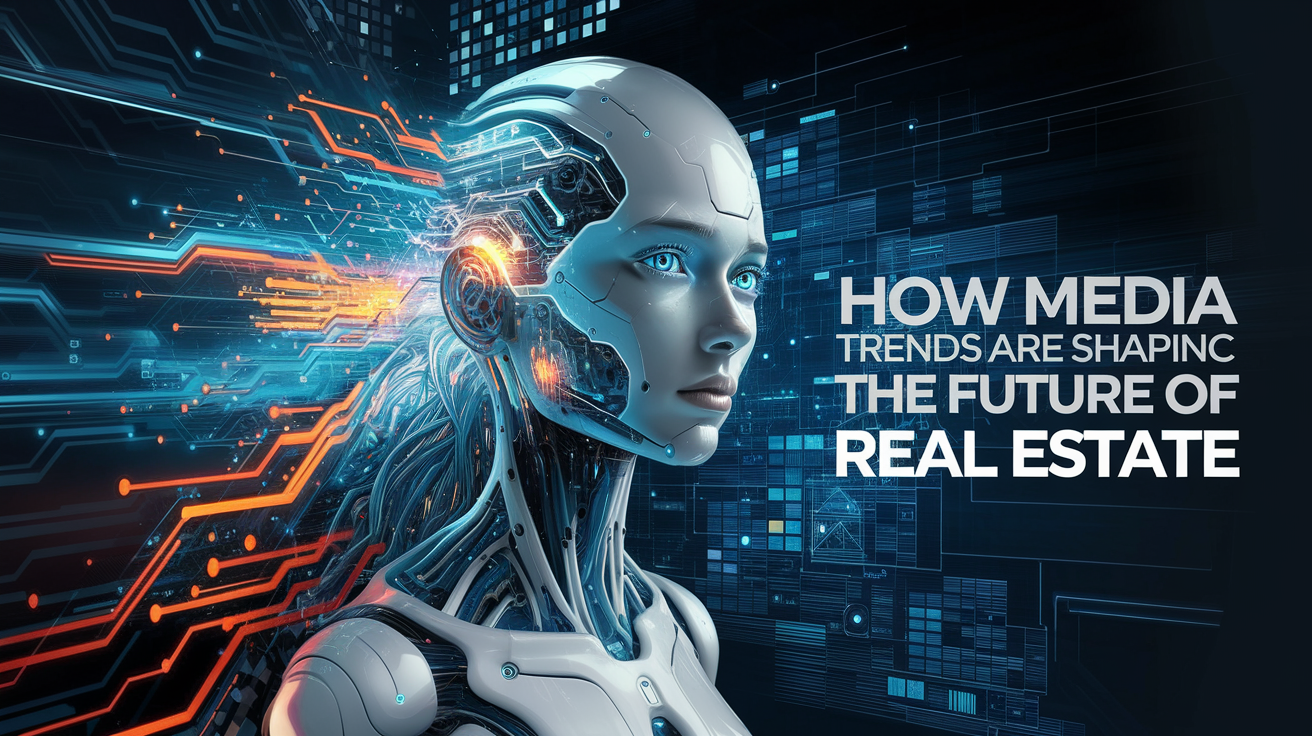In 2025, the media and entertainment industry is set to undergo significant digital transformation, driven by innovations like AI. A report from PwC predicts that AI’s impact on the industry could reach $15.7 trillion by 2030. Trends like direct-to-consumer services, personalized content, and gamification are not just new technologies they are reshaping how both younger and older audiences interact with media. As the saying goes, “If you’re not keeping them entertained, you’re losing their attention.” Read on to explore the media and entertainment trends expected to shape the industry in the near future.
The Continued Growth of Streaming and OTT Platforms
Streaming services and Over-The-Top (OTT) platforms have disrupted how people consume and share content. While traditional cable TV struggles, services like Netflix, Amazon Prime Video, and Disney+ are dominating the global market. These platforms cater to diverse audiences with flexible subscription plans and a variety of content.
Consumers increasingly prefer on-demand content, where they can watch shows whenever and wherever they want, instead of adhering to scheduled programming. For example, Netflix uses algorithms to recommend content based on users’ watching habits. Amazon Prime Video enhances its appeal by bundling streaming services with e-commerce perks, while Disney+ stands out with exclusive content like Marvel and Pixar productions, attracting millions of subscribers.
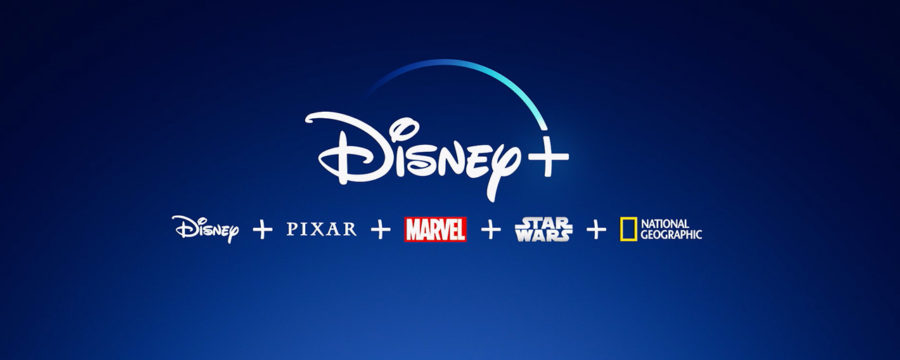
The Growth of Regional OTT Platforms
In 2025, regional OTT platforms will play a bigger role in the global market. Services like Hotstar in India and iQIYI in China offer content in local languages, boosting their appeal to specific audiences. These platforms have gained loyal followings, with millions of active users. This localized content approach increases competition in the streaming world, as consumers continue to seek services that meet their needs and preferences.
eSports Broadcasting Continues to Expand
The popularity of eSports is growing rapidly, with an expected global audience of 577.2 million by the end of 2024. Platforms like Twitch, YouTube Gaming, and Facebook Gaming are leading the way, attracting millions of viewers. With eSports revenues surpassing $1.1 billion in 2021, the focus is shifting toward mobile eSports, especially in emerging markets like Latin America and Southeast Asia.
Interactive elements, such as live chats and polls, are becoming more integrated into eSports broadcasts. As traditional broadcasters like ESPN begin to include eSports, this entertainment sector is poised to keep growing, offering new ways for viewers to engage with the action.

Immersive Content with AR, VR, and the Metaverse
Augmented Reality (AR), Virtual Reality (VR), and the Metaverse are offering new ways for audiences to experience entertainment. Companies like Niantic, with games like Pokémon GO, and Walt Disney, with virtual theme park tours, are paving the way for immersive digital experiences. The Metaverse allows for virtual events like movie premieres and concerts, and major film studios are exploring these spaces to reach broader audiences.
Leading tech companies like Microsoft, Sony, and Epic Games are investing in immersive content, aiming to turn passive media consumption into interactive participation.
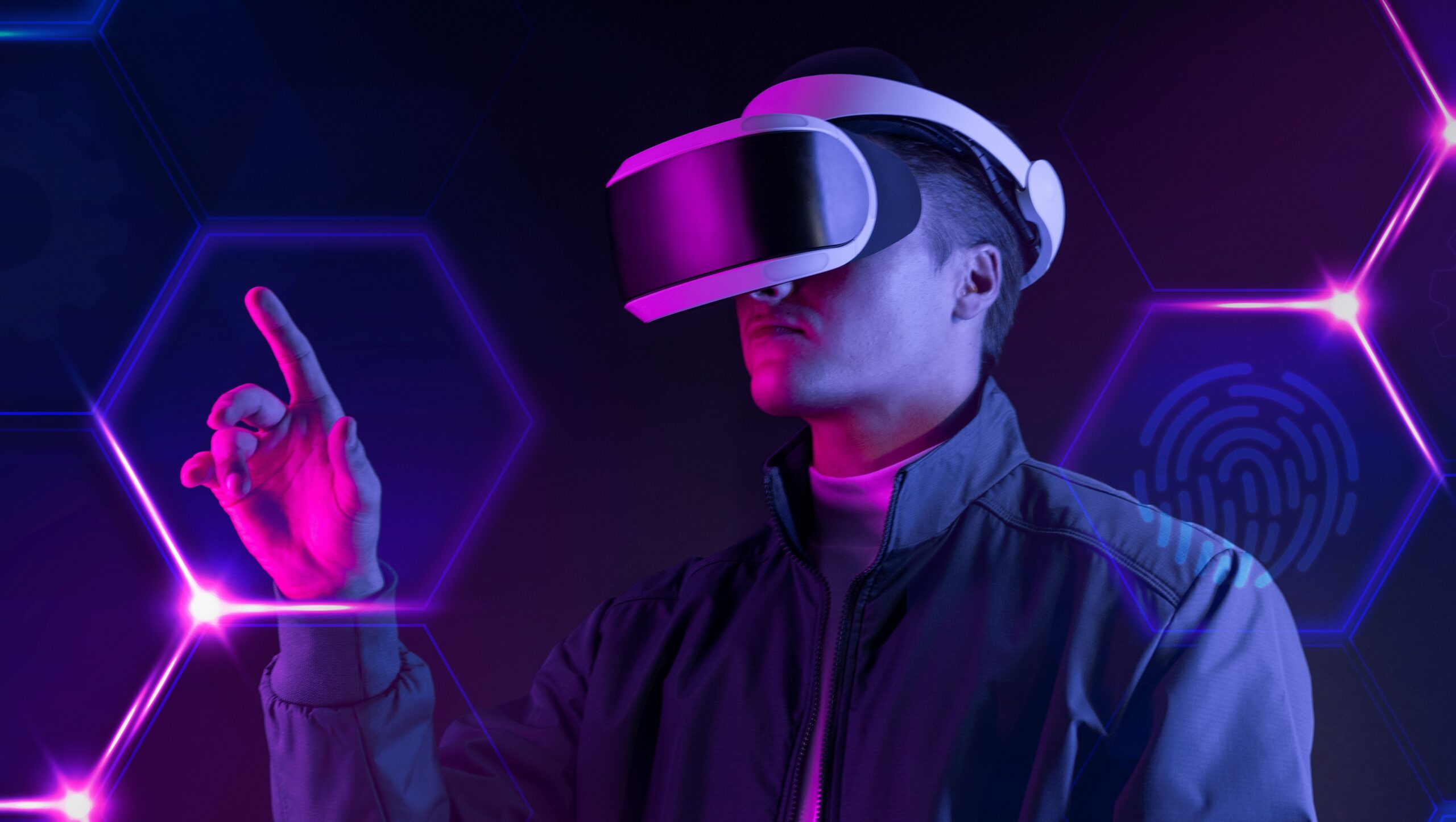
Personalized Experiences Through AI and Big Data
AI and big data are transforming how media companies engage with their audiences. By analyzing demographic and behavioral data, platforms like Netflix offer tailored recommendations, keeping customers engaged. Personalized content helps build customer loyalty, with Netflix boasting a 72% retention rate.
AI is also playing a key role in content creation and advertising, allowing platforms like Hulu and Amazon Video to target specific audiences and invest in content that meets their demands. This technology also enables dynamic pricing and customized subscription packages, offering even more personalized experiences.
NFTs Become a Key Part of User Experience
Blockchain technology and Non-Fungible Tokens (NFTs) are revolutionizing digital ownership. NFTs allow creators to tokenize their work, from virtual event tickets to digital art, creating new opportunities for fan engagement and monetization. NFTs offer benefits like VIP access and secure resale, helping prevent counterfeiting and adding value for both creators and buyers.
NFTs are also making waves in the art and collectibles market, with high-profile sales of digital items proving their worth. As the market grows, NFTs will likely play a larger role in the way fans interact with their favorite content and creators.
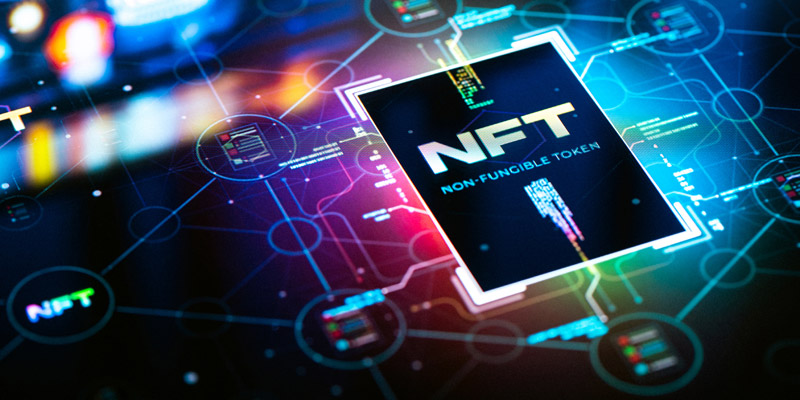
Interactive Content and Gamification
Gamification and interactive content are changing how audiences interact with brands. By incorporating elements like points, badges, and leaderboards, companies encourage longer engagement. For example, Nike’s fitness challenges and Duolingo’s daily streaks foster competition and create a sense of achievement.
Interactive tools, such as AR features and quizzes, enhance user experience. IKEA’s AR app lets users visualize how furniture fits in their homes, improving the shopping experience. When used effectively, these features help companies build community and loyalty while offering personalized, engaging experiences.
Social Media’s Growing Influence
Social media platforms like Instagram, TikTok, and YouTube are no longer just for communication they’re dynamic content ecosystems where brands and creators connect with audiences. Video content is especially popular, with short-form videos on TikTok and Instagram Reels attracting younger viewers, while YouTube remains strong for longer, educational content.
Influencer marketing has also become a key way for brands to reach targeted audiences, driving engagement and trust.
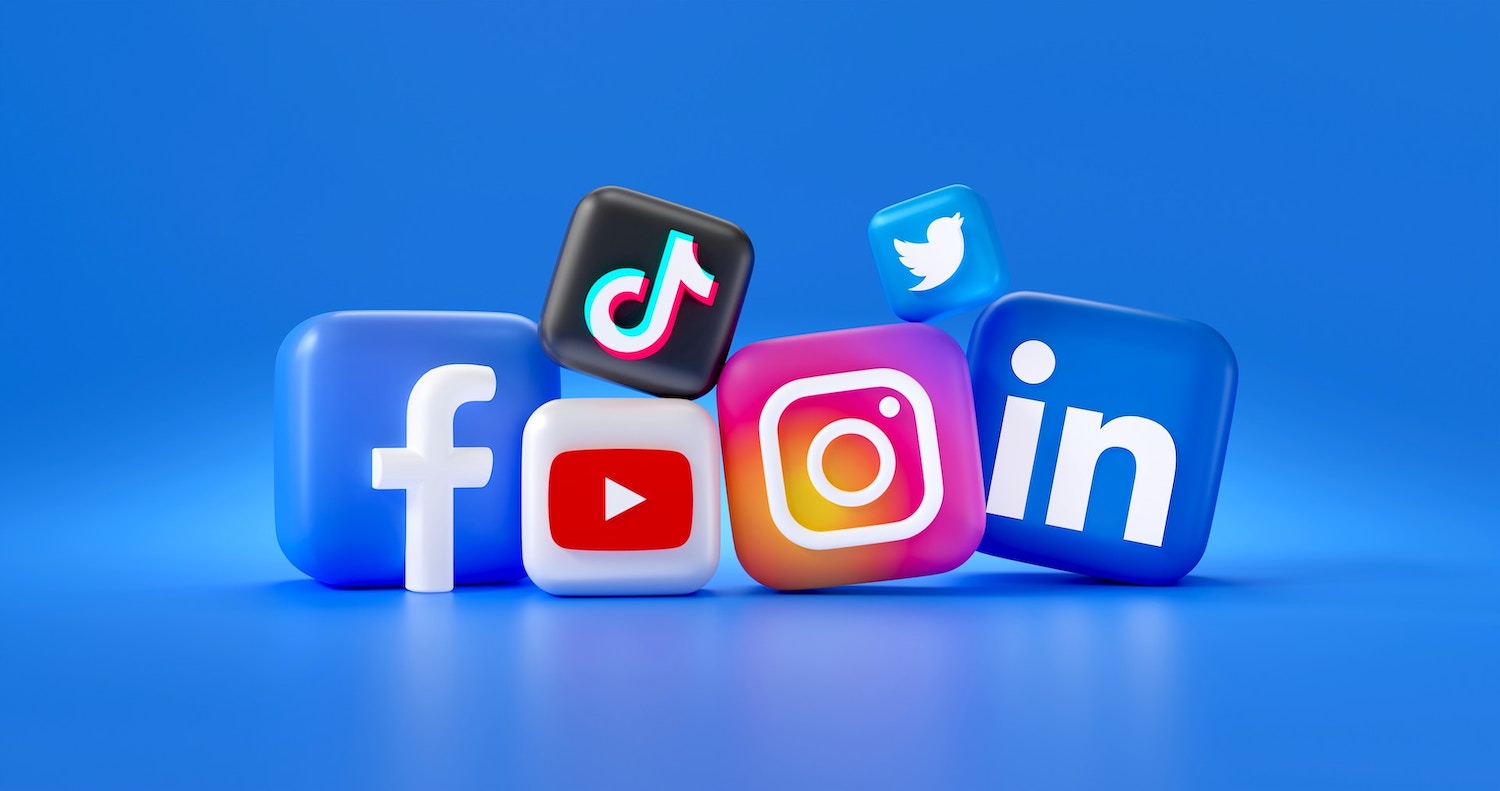
Sustainability in the Media and Entertainment Industry
Sustainability is increasingly important in the media and entertainment industry. Consumers are more likely to trust brands that prioritize sustainable practices, and companies are responding by adopting greener production methods. Major players like Sky and the BBC have committed to reducing their carbon emissions, while also focusing on innovations like AI-powered energy management and renewable energy sources.
Sustainable practices aren’t just good for the environment they can also reduce operational costs. For example, low-power 5G and natural air cooling in data centers can significantly reduce energy consumption and carbon emissions.
Looking Ahead to 2025 and Beyond
The media and entertainment industry is set to continue evolving in 2025, with video content, social media, and streaming services driving change. As consumer preferences evolve, staying focused on your target audience and creating engaging, personalized content will be crucial for success. With the average person spending at least two hours a day consuming media, now is the time to ensure your content meets their expectations.
Adapting to Change: How Media Trends Are Shaping the Future of Real Estate
At Brazoban Realty, we understand that the media and entertainment landscape is transforming how people interact with the world and that includes how they approach real estate. From virtual property tours using AR and VR to innovative marketing strategies involving NFTs for digital ownership of properties, we’re keeping an eye on how these trends can elevate your real estate experience.
As we head into 2025, it’s essential to stay ahead of these shifts to meet the evolving needs of today’s buyers and investors. Let us help you navigate this changing landscape and leverage the latest media trends to maximize the potential of your property investments. Ready to take your real estate journey to the next level? Contact us today to discover how we can help you capitalize on these exciting new opportunities!
Article Credit: Avenga.
